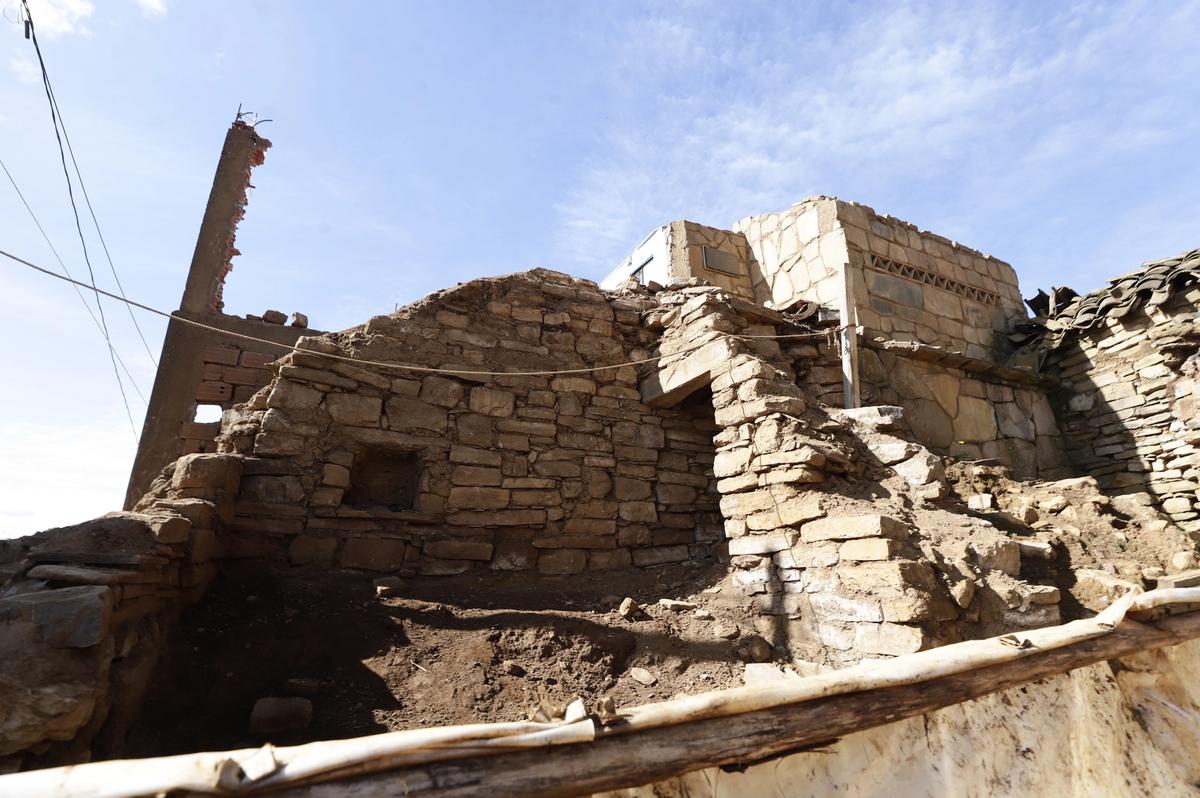One of the first churches erected in Peru after the Spanish conquest in the mid-16th century will be restored after it was severely damaged during a 7.5-magnitude earthquake that struck the town of La Jalca Grande in November last year.
The Church of La Jalca Grande, built in 1538, is comprised of a now-dilapidated building and freestanding tower—which was toppled in the natural disaster—that were built using stone from ancient pre-Hispanic buildings. The interior and exterior walls contain traditional designs found in archaeological sites of the ancient Chachapoyas civilisation of the Andes, and the church also holds baroque altarpieces featuring Catholic and Indigenous symbolism.
The World Monuments Fund (WMF) has donated $20,000 to the Peruvian ministry of culture to support the first stages of the project, although the overall cost of the renovation has not been determined. It is expected that the ministry of tourism will also become involved as the project unfolds.
La Jalca Grande, one of the oldest towns in northeastern Peru, has a population of around 7,000 inhabitants and is known for its dense Amazonian forest on the northern end and rugged Andean mountain range to the south.
“It is one of the most traditional and interesting towns in the region, with adobe houses, cone-shaped thatched roofs and deep historical roots,” says Elías Mujica, the executive director of the WMF Peru. “Like all European cities in the Andes, a main square was constructed, with the church built first.”
The collapsed tower, a rare example of a church tower that is not connected to the main structure, had been at risk for decades. “The earthquake was the last drop but it had not been maintained since 2003, and now is just rubble, around 90% destroyed,” Mujica says. Restoring the church building requires a new roof and will possibly involve the renovation of its main altar.
The WMF is gathering technical data for the restoration, and says it will seek local participation for the project to “achieve the complete articulation of the community with its heritage”, Mujica adds. Around 70 homes along the main La Jalca Grande plaza were also impacted during the earthquake but no fatalities were reported.


